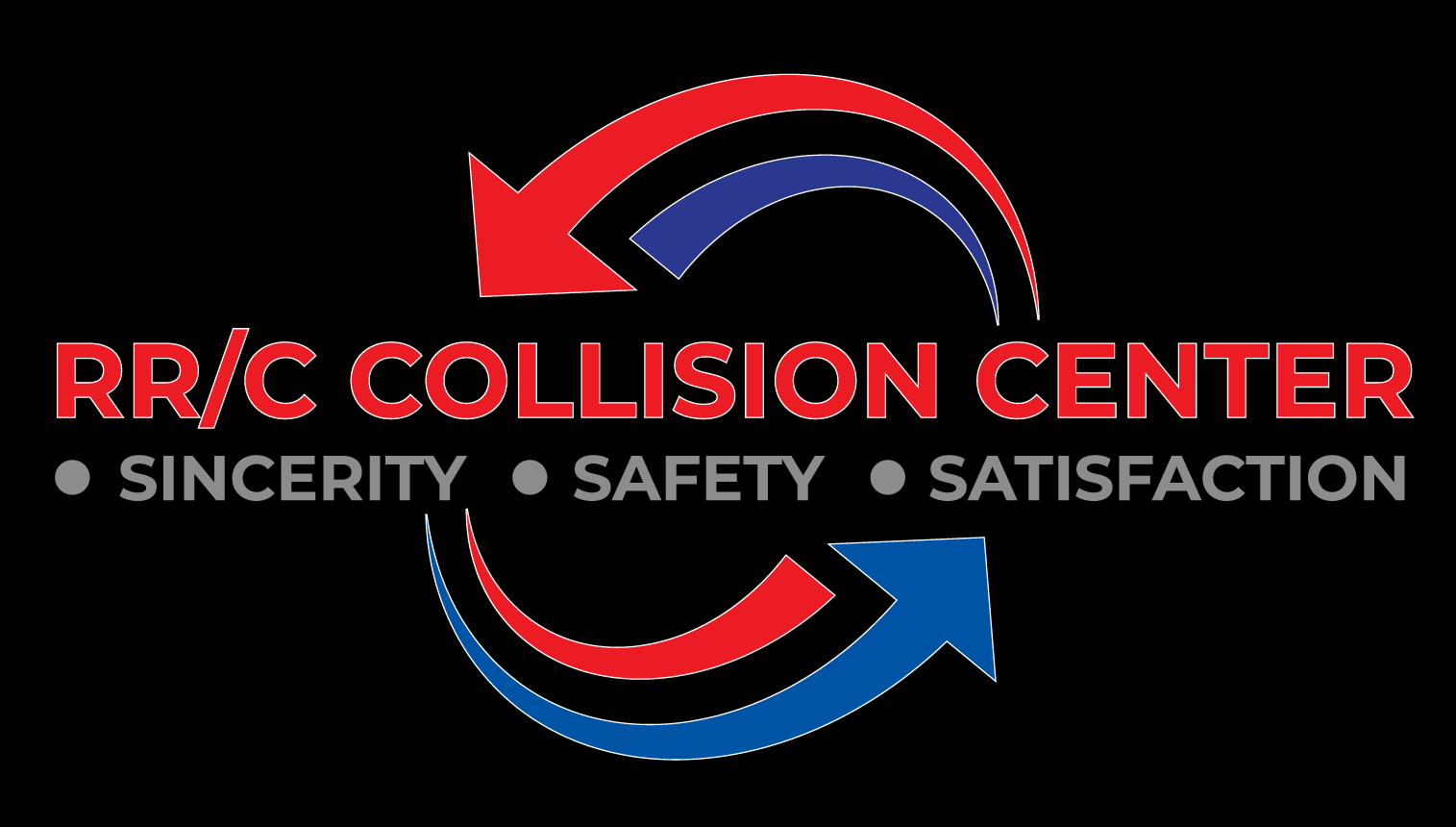If you’ve ever been in a car accident, you know that dealing with insurance companies and repairs can be a real headache. One option that many insurance companies offer is Direct Repair Programs (DRP) which are agreements between insurance companies and body shops to streamline the repair process. However, while DRPs can be convenient for customers, there are common problems that can arise from using these programs.
Brief explanation of what DRP Body Shop Repairs are
DRPs allow an insurance company to have a list of pre-approved body shops that they send their customers to for repairs. These body shops have agreed to specific terms set by the insurance company, such as using aftermarket parts or providing lower estimates for repairs.
Importance of understanding common problems with DRP Body Shop Repairs
Understanding the common problems with DRP Body Shop repairs is important because it can affect the quality and safety of your repairs. It’s crucial to know what options you have when it comes to repairing your car, especially if it’s been in an accident.
By knowing your rights as a customer, you’ll be able to make informed decisions about where to take your car for repairs and what kind of repairs are necessary. In this article, we’ll go over some common problems with DRP Body Shop Repairs so that you’re equipped with the knowledge you need before making any decisions about getting your car repaired.
Common Problems with DRP Body Shop Repairs
Limited Repair Options: The Downsides of Working with Insurance Companies
When your vehicle is in need of repairs, you may opt to go through your insurance company to help cover the costs. However, when you do this, you are likely limited in your repair options. Insurance companies often have a list of preferred or “direct repair program” (DRP) body shops that they work with, and these shops must follow certain guidelines set by the insurance company.
These guidelines can include using specific parts suppliers, using particular software or tools, and completing repairs within a certain timeframe. While this may seem like a convenient option for customers who want to expedite their repairs and save money on out-of-pocket expenses, it can also lead to lower-quality repairs.
When body shops are limited in their repair options, they may not have access to top-quality parts or tools that would otherwise be available to them. This means that they might have to use lower-quality replacement parts or take shortcuts on what should be done during the repair process—resulting in incomplete or faulty repairs.
Insufficient Repair Estimates: Why Low-Ball Estimates Can Be Dangerous
Another common problem with DRP body shop repairs is insufficient repair estimates. This happens when an insurance company provides an estimate for how much a repair will cost that is too low for the actual damage that needs fixing.
When an estimate is insufficient, body shops may not have enough money to complete all necessary repairs properly—or worse yet—they might be incentivized by the insurance company’s low-ball estimate to cut corners and botch a job just so they don’t lose money. This can lead to safety hazards if critical areas of your vehicle are not repaired correctly; it can also result in additional out-of-pocket costs when new problems arise because old ones weren’t fixed properly.
Use of Aftermarket Parts: When “Good Enough” Isn’t Good Enough
DRP body shop repairs can also lead to the use of aftermarket parts instead of original equipment manufacturer (OEM) parts. This is because insurance companies are often more concerned with keeping costs down than ensuring that your vehicle is fixed correctly.
While aftermarket parts may be cheaper, they often don’t fit as well or perform as reliably as OEM parts. And just like with insufficient repair estimates, this can lead to further problems down the road if you opt to use these cheaper replacement parts.
Rushed Repairs: When Speed Trumps Quality
Insurance companies may pressure DRP body shops to complete repairs quickly. This might be because they want customers’ cars back on the road as soon as possible, or because they are looking to cut costs by reducing rental car expenses for customers who need a loaner while their car is fixed. However, rushed repairs can lead to sloppy workmanship and missed steps in the repair process—resulting in subpar results that could cause accidents or other issues later on.
Lack of Communication: Why Keeping Everyone in the Loop Matters
Another common problem with DRP body shop repairs is a lack of communication between your insurance company, your chosen body shop, and yourself. If any party fails to communicate effectively about what needs fixing or how much it will cost before work begins, there can be delays in getting the right parts ordered and delays in fixing your vehicle.
Furthermore, if there’s no transparency regarding what’s being paid for (what’s covered by insurance vs what you’ll pay out-of-pocket), you could end up with some unpleasant surprises when it comes time to pick up your vehicle after repairs have been completed. Therefore, it’s important to prioritize open lines of communication throughout all phases of the repair process.
Solutions to Common Problems with DRP Body Shop Repairs
Researching body shops before choosing one
One of the best ways to avoid common problems with DRP body shop repairs is to research the body shop before choosing one. Look for reviews online and ask friends or family members for recommendations.
Choose a body shop that has experience working with your type of vehicle and has a good reputation for providing high-quality repairs. This can help ensure that you receive the best possible repair work without any unnecessary delays or issues.
Requesting OEM parts instead of aftermarket parts
Another way to avoid common problems with DRP body shop repairs is to request OEM (Original Equipment Manufacturer) parts instead of aftermarket parts. Insurance companies may try to save money by requiring the use of cheaper aftermarket parts, but these may not be as reliable or long-lasting as OEM parts. Requesting OEM parts can help ensure that your repair work lasts as long as possible and keeps you safe while driving.
Asking for a detailed estimate before agreeing to any repairs
Before agreeing to any repair work, it’s important to ask for a detailed estimate from the body shop. This should include all of the necessary repairs, as well as an itemized list of any costs associated with those repairs. The estimate should also include an estimated timeline for completing the work and any guarantees or warranties offered by the body shop.
Communication is key
Communication is key when it comes to avoiding common problems with DRP body shop repairs. Make sure that you’re in regular contact with both your insurance company and the body shop throughout the repair process. If there are any delays or issues, make sure they’re addressed promptly so that you can get back on the road as soon as possible.
By following these tips, you can help ensure that your DRP body shop repairs are completed to a high standard and that you avoid some of the most common problems associated with these types of repairs. Remember, taking the time to research your options and communicate effectively can save you time, money, and headaches in the long run.
For an informative list of tricks that insurance companies use to save themselves money at your expense, check out this article from our friends in Colorado. And of course, if you have any questions, don’t hesitate to contact us directly!

